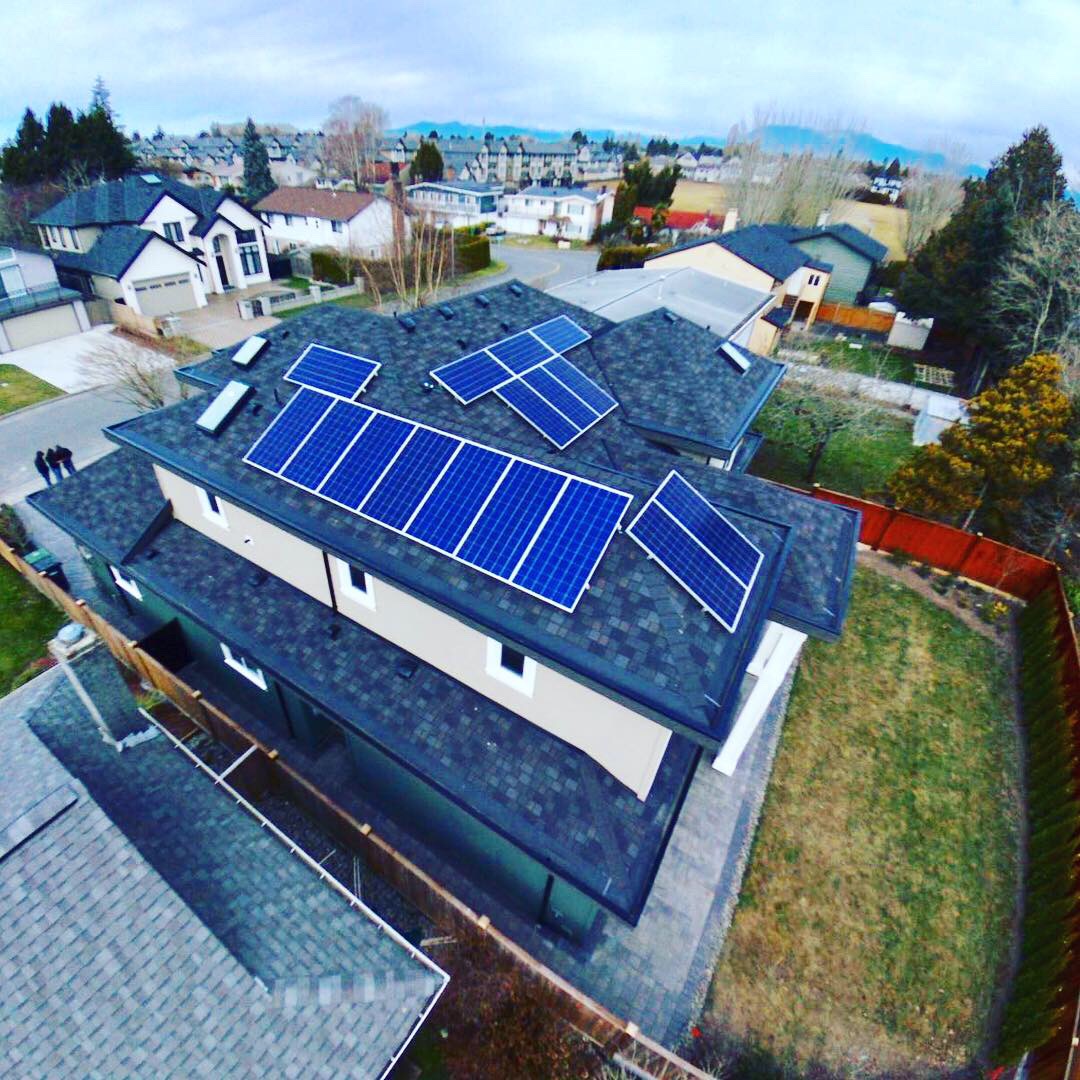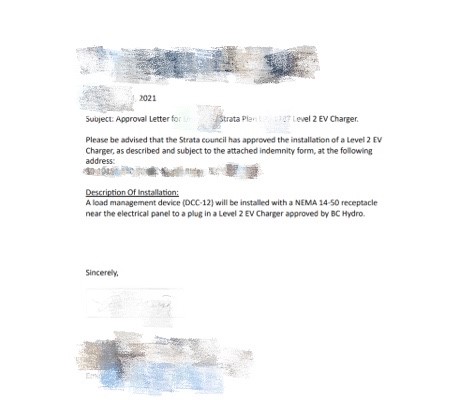Canada is pledged to hit the goal of net-zero greenhouse gas emissions by 2040, are you ready for that?
On the individual level, how can we help? Create a zero-energy home! Building a zero-energy home does not only mean installing solar panels on your roof but also mean considering all the zero-emission designs when you build the house. Planning to build a new house in the next few years? Here are three systems you could choose for your personalized zero-home project!
1. EV Charging System
Believe it or not, electric car (EV) waves have already begun! EVs are cheaper to run, cheaper to maintain and better for the environment in the long run. The Canadian Government has imposed a plan to have 100% of vehicles sold to be electric in 2040. Currently, you can get up to $350 rebates if you live in a house or townhouse, or up to $2000 if you live in condos! Amor Energy provides a one-stop service including rebate application to all EV owners’ charging needs, experienced in residential and commercial projects.
2. Solar Panel System
Solar energy is also a hot trend over the years. Solar panels convert solar energy from sunlight into electricity and power the house. It has many advantages including enhancing house cooling in summer. With a dependable 25-year warranty, solar panels only require cleaning once or twice a year. Federal Government now offers up to $5000 of rebate for solar panels with the Greener Home Program. With 10 years of combined solar energy experience, Amor Energy provides the right expertise you need.
3. Energy Storage System
Energy storage solutions help home and business owners to enjoy lowered operational expenses for energy and reliable alternative power sources during power outrage. Amor Energy offers customed designs for your energy storage needs. We offer more than simply stable energy storage. Our system absorbs surplus generation from renewable and alternative energy sources during off-peak hours and re-inserts stored energy back into the system. This helps you to meet the demand during higher energy consumption periods of the day and power outrages.
Contact us today to get started with your zero-energy home plan!


